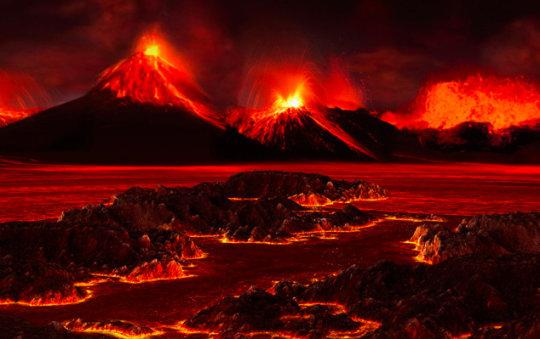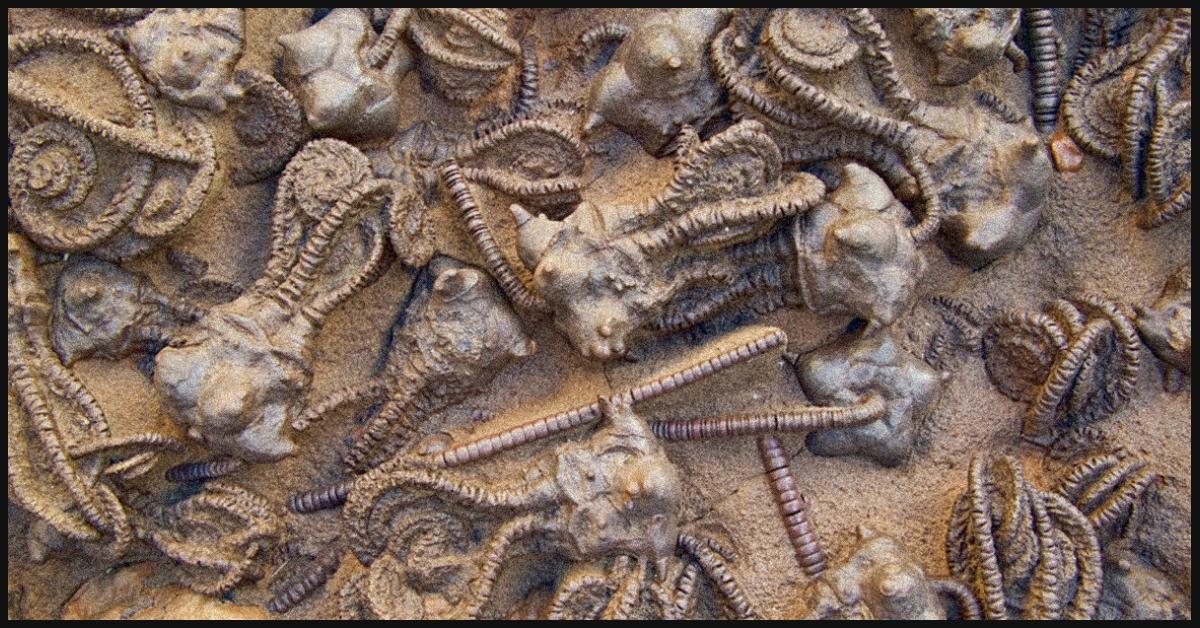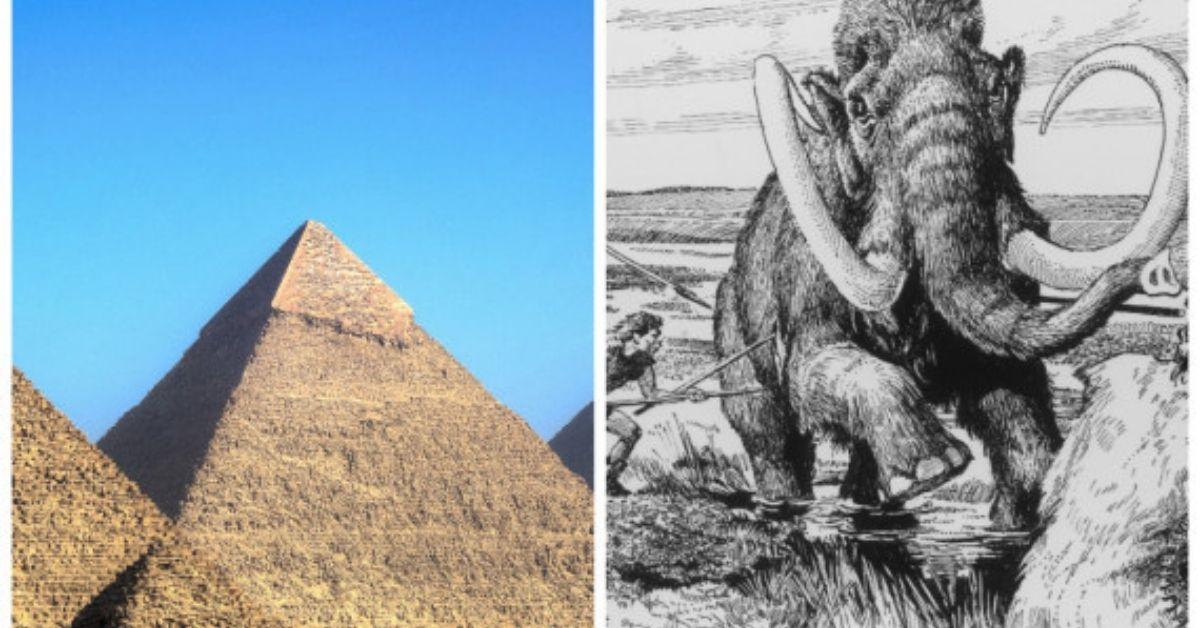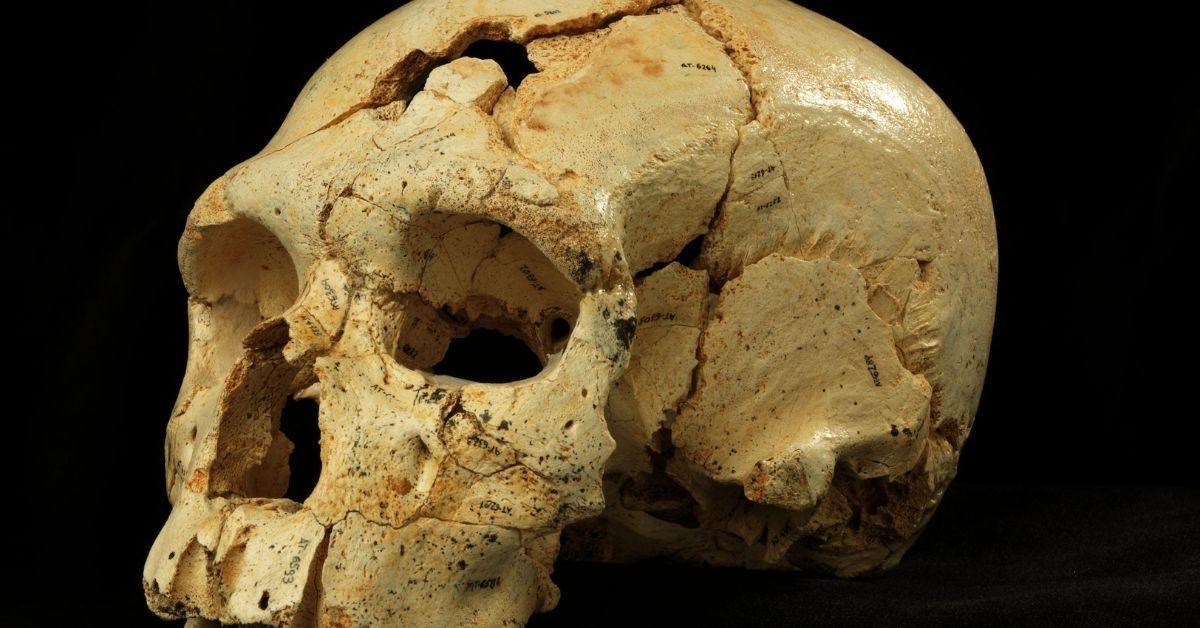•The Permian-Triassic extinction event, also known as the Great Dying, took place 252 million years ago.
•Experts say that rising global temperatures due to volcanic activity wiped out nearly all of the species on the planet.
•Increased human activity has brought about another extinction event–one that is still going on.
Mention the word “extinction,” and most people automatically think of the event that took place approximately 66 million years ago — the one that wiped out the dinosaurs.
That’s not the worst extinction event Earth had to endure, though. In fact, the one that deserves that dubious distinction is one that happened way before Tyrannosaurus rex and its ilk showed up.
Oh, and the freaky part? It was caused by rising temperatures across the planet. If that sounds familiar… well, keep reading.
The Great Dying
The Permian-Triassic extinction event happened approximately 252 million years ago. It’s also known as the Great Dying, and with good reason.
This worldwide extinction wave wiped out a staggering 96% of all marine species and 70% of terrestrial vertebrates. The impact on Earth’s biodiversity was so massive; in fact, it is the only known mass extinction event where not even insects were spared.
So what happened? And more importantly, why?
Trying to figure out what happened to Earth over 200 million years ago is no easy feat. That doesn’t mean, though, that paleontologists haven’t been trying.
According to a recently published study in Science, researchers used evidence from the fossil record hinting at the distribution of all the marine species that got wiped out. Working with the knowledge that (1) Earth at the time had a single supercontinent (called Pangaea) and (2) the ocean’s temperature and oxygen levels back then were close to today’s, they were able to map out how marine species went extinct as the global temperature rose by 10 degrees.

In hot water, literally
The researchers learned that marines species that thrived in cold water — in other words, the ones that lived farther away from the equator — died out first. Because cold water holds more oxygen than warm water, these species couldn’t survive the sudden shift in ocean temperature, and had nowhere else to swim to. In other words, they pretty much suffocated underwater.
Experts believe that volcanoes were the primary reason for the warmer climate. Volcanic activity expelled greenhouse gases into the atmosphere, affecting global temperatures. And while this wasn’t the only cause of the worldwide catastrophe, it was quite likely the biggest one.
Meanwhile, plants (which normally do well during these events) also took a severe blow due to the massive ecosystem changes across the planet. And of course, once the plants go, the animals that feed on them — and the animals that feed on those animals — soon follow.
It took quite a while for Earth’s biodiversity to recover — 4 to 6 million years later, to be more specific.
Can it happen again?
Here’s the scary thing: It’s already happening.
We’re right in the middle of what experts call the Holocene extinction, also known as the sixth mass extinction event (the Great Dying was the third).
This time, it’s not angry volcanoes behind this massive, gradual wave of plant and animal extinctions — it’s us.
Of course, it’s not as simple as that. Climate change isn’t the only thing picking off Earth’s species right now; there are many other factors affecting biodiversity across the world, such as the spread of diseases and the introduction of invasive species in places where they shouldn’t be. Much like in the Great Dying, however, Earth’s warming climate is the most severe cause.
And the one thing those factors have in common? Human activity is the primary driving force behind them.
Cover photo: John Cancalosi/Getty Images
References
- http://science.sciencemag.org/content/362/6419/eaat1327
- https://study.com/academy/lesson/sixth-mass-extinction-event-definition-causes-facts-evidence.html
- https://www.nationalgeographic.com/science/2019/02/what-actually-killed-dinosaurs-volcanoes-heat-up-debate/
- https://www.sciencealert.com/finally-we-know-what-killed-sea-life-in-the-deadliest-mass-extinction-in-history
- https://www.universetoday.com/140825/a-rapid-rise-in-temperature-led-to-the-worst-extinction-in-our-planets-history/
Author: Mikael Angelo Francisco
Bitten by the science writing bug, Mikael has years of writing and editorial experience under his belt. As the editor-in-chief of FlipScience, Mikael has sworn to help make science more fun and interesting for geeky readers and casual audiences alike.







